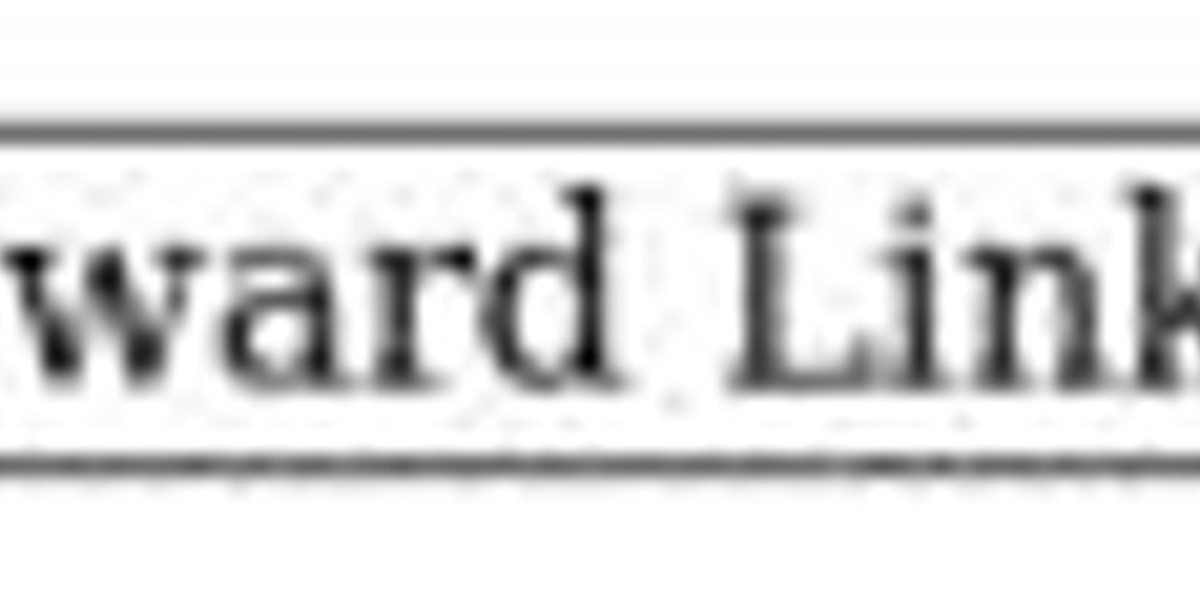Flow Battery Market Growth - The Flow Battery Market Growth is driven by the global shift toward renewable energy, increasing grid storage demand, and advancements in vanadium electrolyte technology. The flexibility and long lifespan of these batteries make them ideal for utility-scale storage.
Flow Battery Market Growth refers to the rate and direction of the market's expansion, which is currently characterized by a rapid, and largely policy-driven, upward trajectory. Qualitatively, the growth is fueled by fundamental, non-negotiable needs of the energy sector, rather than incremental consumer demand, positioning it as a structural growth story.
The primary qualitative drivers of this growth are the global mandates for deep decarbonization and the resultant massive influx of intermittent renewable energy sources (wind and solar). The physical limits of traditional energy storage and flexibility mechanisms (like lithium-ion for very long durations, or natural gas peaker plants) have created a structural "duration gap" in the grid that only technologies like flow batteries can efficiently fill. Governments worldwide are establishing targets for Long-Duration Energy Storage (LDES), creating a guaranteed demand pathway for the technology. The inherent long lifespan and non-degrading nature of flow batteries provide a strong long-term operational cost advantage that underpins the viability of these multi-decade infrastructure investments.
However, market growth is also subject to qualitative restraints. The most significant restraint is the capital cost barrier; the initial investment for flow battery systems is high, which can slow adoption, particularly in smaller projects or in developing economies with capital constraints. Another restraint is the supply chain maturity—the growth rate is bottlenecked by the time required to build out specialized electrolyte and membrane manufacturing facilities. Furthermore, market growth is dependent on the successful execution of early, large-scale projects, as any performance setbacks could negatively impact investor confidence and slow the adoption curve.
The growth is also characterized by geographical asymmetry, with regions that have aggressive renewable energy targets and established regulatory frameworks for energy storage—such as parts of Asia-Pacific (especially China), North America, and Europe—experiencing the most accelerated expansion. As technological refinement lowers capital costs and standardization simplifies deployment, the market growth is expected to broaden its application scope beyond utility-scale to include commercial, industrial, and off-grid solutions, signaling a transition from early-stage, policy-led growth to mainstream, market-driven expansion.
FAQ on Flow Battery Market Growth
What is the core structural driver of the market's current high growth rate? The core driver is the massive global integration of intermittent renewable energy sources, which creates a necessary and rapidly growing demand for long-duration grid stability solutions.
What qualitative barrier is currently acting as a primary restraint on the market's growth momentum? The primary restraint is the high initial capital expenditure of the systems, which is currently delaying widespread procurement decisions.
What qualitative metric will signify the transition of the market from specialized to mainstream growth? The transition will be signified by the successful broadening of the deployment base beyond utility-scale projects into a significant volume of commercial, industrial, and decentralized applications.
More Related Reports:
Pipeline Transportation Market








